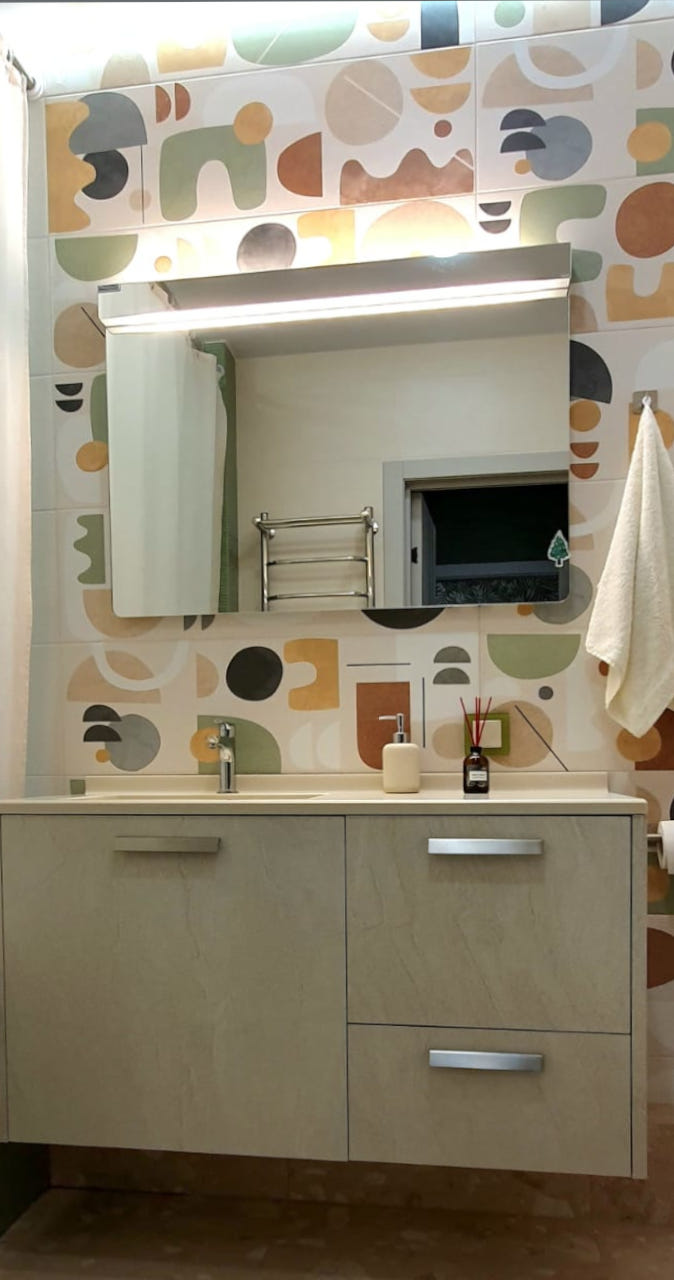
Introduction to Revamped Culinary Spaces
The concept of culinary spaces has evolved dramatically over the past few years. No longer is the kitchen just a place where meals are prepared; it has transformed into a multi-functional hub for cooking, dining, and socializing. This evolution has led to the redefinition of culinary spaces, where functionality meets aesthetics and technology meets tradition.
Design Meets Functionality
In a redefined culinary space, every aspect of the design is intentional, aiming to create a balance between form and function. Ergonomics play a crucial role, dictating the layout and placement of appliances and workspaces to minimize physical strain and maximize efficiency. Materials are selected not only for their appearance but also for durability and ease of cleaning. As a result, these spaces are elegant yet practical, inviting yet streamlined.
Technology Integration in Modern Kitchens
Technology has become an integral part of the modern culinary space. With the advent of smart appliances and Internet of Things (IoT) connectivity, kitchens are now equipped with tools that can be controlled via smartphone, programmed to perform tasks, and customized to the user's preferences. Features such as intelligent ovens that can self-regulate temperature and fridges that can keep track of groceries and expiration dates are elevating the cooking experience.
The Social Kitchen: A Place for Connection
The contemporary culinary space is designed for more than just food preparation; it is a place for connection and entertainment. Open-concept designs are favored to unite the kitchen with living and dining areas, creating an inclusive environment where family and friends can gather and interact. Islands and breakfast bars are popular features that encourage social interaction, often serving as the heart of the home.
Sustainability and Conscious Cooking Spaces
With growing awareness of environmental issues, redesigned culinary spaces are also embracing sustainability. Energy-efficient appliances, waste-reduction systems, and eco-friendly materials are becoming commonplace. Additionally, spaces are being planned to accommodate home gardening initiatives, such as indoor herb gardens, allowing individuals to grow their own produce.
The Rise of Multipurpose Surfaces
Flexibility is a key factor in modern culinary spaces, and multipurpose surfaces are a testament to this. Countertops that double as dining tables or workstations are now a standard feature. Materials like quartz and composite surfaces are favored for their durability and adaptability, serving various functions while maintaining a sleek and high-end finish.
Conclusion: Embracing the New Era of Culinary Spaces
The redefinition of culinary spaces has ushered in a new era where design, technology, sociability, and sustainability converge to create environments that are as beautiful as they are functional. As we continue to reconceptualize what a kitchen can be, it's clear that these spaces will remain the core of the home—a place where memories are made and savored, just like the meals that come from them.